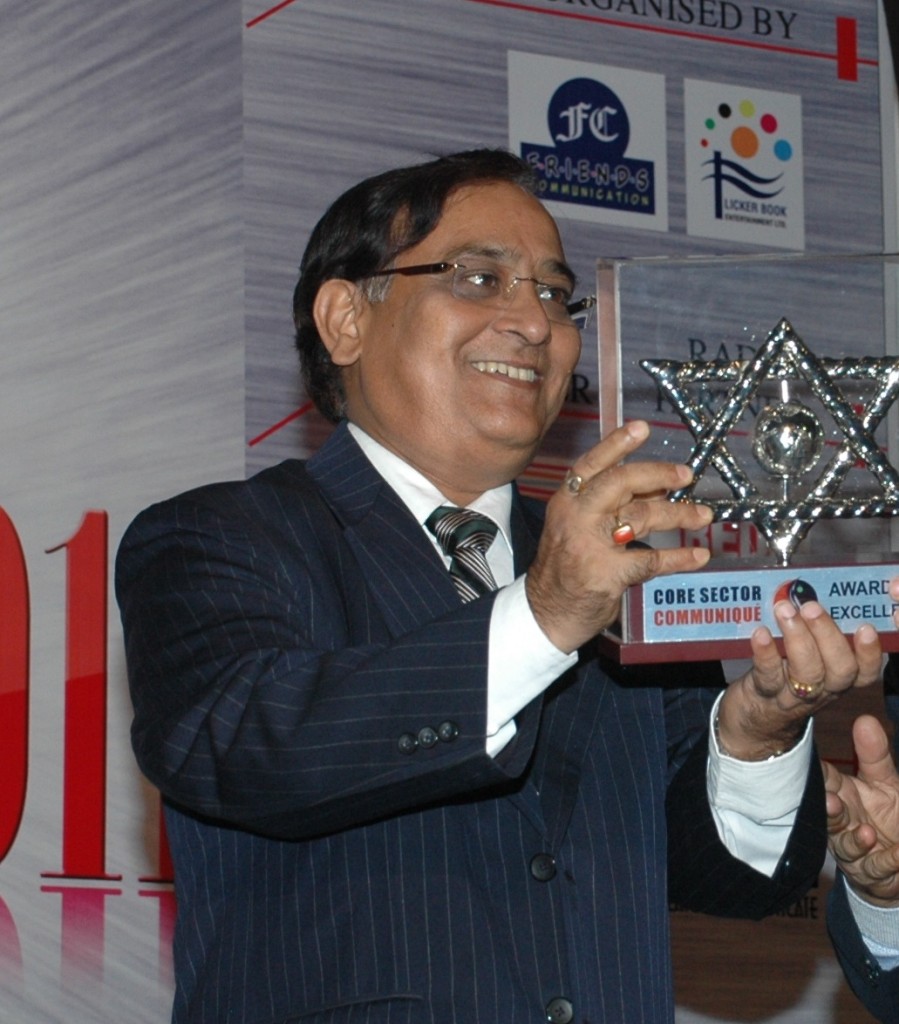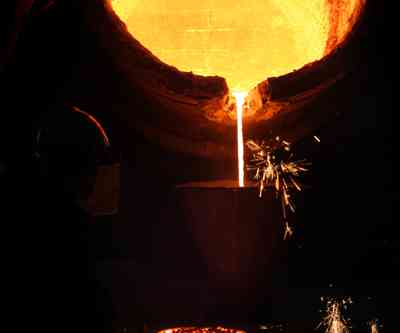Q 1. Prices of vital inputs – Coal and Iron Ore have gone up steeply. The falling Rupee too is making cost of steel production go up to unmanageable levels. Producers are already feeling the resistance as they try to pass on the cost to consumers. Where, according to you is the Indian Steel market headed?
A 1. During May – June 2013, the prices of iron ore came down and subsequently went up at the current level of USD 136 CFR China from a level of USD 115 CFR China. The coking coal prices came down from a sufficiently high level at 198 USD FOB Australia to the current level of 140 – 145 USD FOB Australia. However, with the falling Rupee the advantages of southward movement of coking coal prices have been mostly neutralized. Indian steel producers led by SAIL, Jindal, RINL and others are facing a rising import bill due to falling Rupee and have no other way but to pass on the cost to the consumers. This has happened earlier also with the exception that currently market demand is subdued and infrastructure investment has dried up.
The growth rate of steel consumption which was 3.3% in the fiscal year 2012-13 has already come down to nearly 1% in the first four months of the current fiscal. The market may move up marginally in the 3rd quarter during the festive session. However, due to volatile economic and political scenario of the country, the overall growth in steel consumption may be limited in 2013-14.
Q 2. Except for SAIL, most producers have shelved or put on hold their expansion plans. With fresh investments in the sector coming down to a trickle, how will the steel industry be impacted in the near and the medium terms?
A 2. All the brown field expansion are going on more or less as per schedule. SAIL being the largest producer is likely to add around 10 million tonne in the crude steel capacity by next year when the market is likely to move up to a level of 5-6% growth phase. The medium term and long term view of Indian steel industry is better than that in any other region in the world as the massive investment required in infrastructure is going to take place in the country in the coming months which would need a good volume of steel.
Q 3. With the production scenario bleak, how ill the steel consumption scene be in India in the near term? Are we destined to continue the abysmally low per capita consumption figures as we historically have?
A 3. The production of crude steel has gone up by 5.4% in 2012-13. In the first four months of the current year it has increased by 1.5%. As India imported around 8 million tonne of steel during 2012-13, it is imperative that increased domestic production substitutes imports, a large part of which came on price consideration.
In the near future, India’s poor per capita consumption is slated to go up with the enhanced flow of investment in the infrastructure sector which would perk up demand.
Q 4. What steps are you at INSDAG taking to break this “Hindu Rate of consumption” jinx?
A 4. INSDAG has made humble efforts in increasing the steel consumption in the country by undertaking studies and research publications on innovative and effective use of steel in structural designs. The Institute feels that more exposure to steel use, its innovative features and advantages, etc. can be imparted through organizing training programmes for students, faculties of engineering colleges and other professionals. INSDAG, therefore, has undertaken a series of training programmes for specific segments in order to familiarize them with the best use of steel.
As rural areas in the country has been rightly identified as the major driver of steel consumption, INSDAG has undertaken a 3-weeks’ training programmes for making village entrepreneurs as steel fabricators. A number of such training programmes have been held in West Bengal, Odisha and UP and a few others would take place in Jharkhand, Bihar, Tripura, Karnataka and other places to promote steel consumption in rural areas.
Q 5. Policy paralysis. Compulsions of Elections. Opaque political mandate. Woes of Coalition … The days ahead look as the immediate past. Does the Indian steel industry have anything to look forward to?
Q 6. Anything that you would like to communicate to our readers.
A 5&6 As it is happening with parliamentary elections, the focus shifts more to the political activities at the end of each five year and the industry is to carry on the normal functioning to the extent possible. The Govt has already taken a few significant steps to clear the logjams stalling the mega projects. With a series of economic reforms that would materialize and take effect subsequently, it is widely expected that investment in infrastructure and growth in manufacturing sector leading to a rise in industrial production would definitely take place in the coming months and this alone would contribute to the growth of steel consumption in the country.
I believe that there is no reason for despondency. A series of long pending economic reforms paving the way for further investment in infrastructure would result in boosting up growth in various industrial segments including steel, which would continue to play a stellar role in rejuvenating the industrial sector. A political consensus on some of the major economic reforms is the need of the hour.
For More Information visit : http://www.steel-insdag.org


